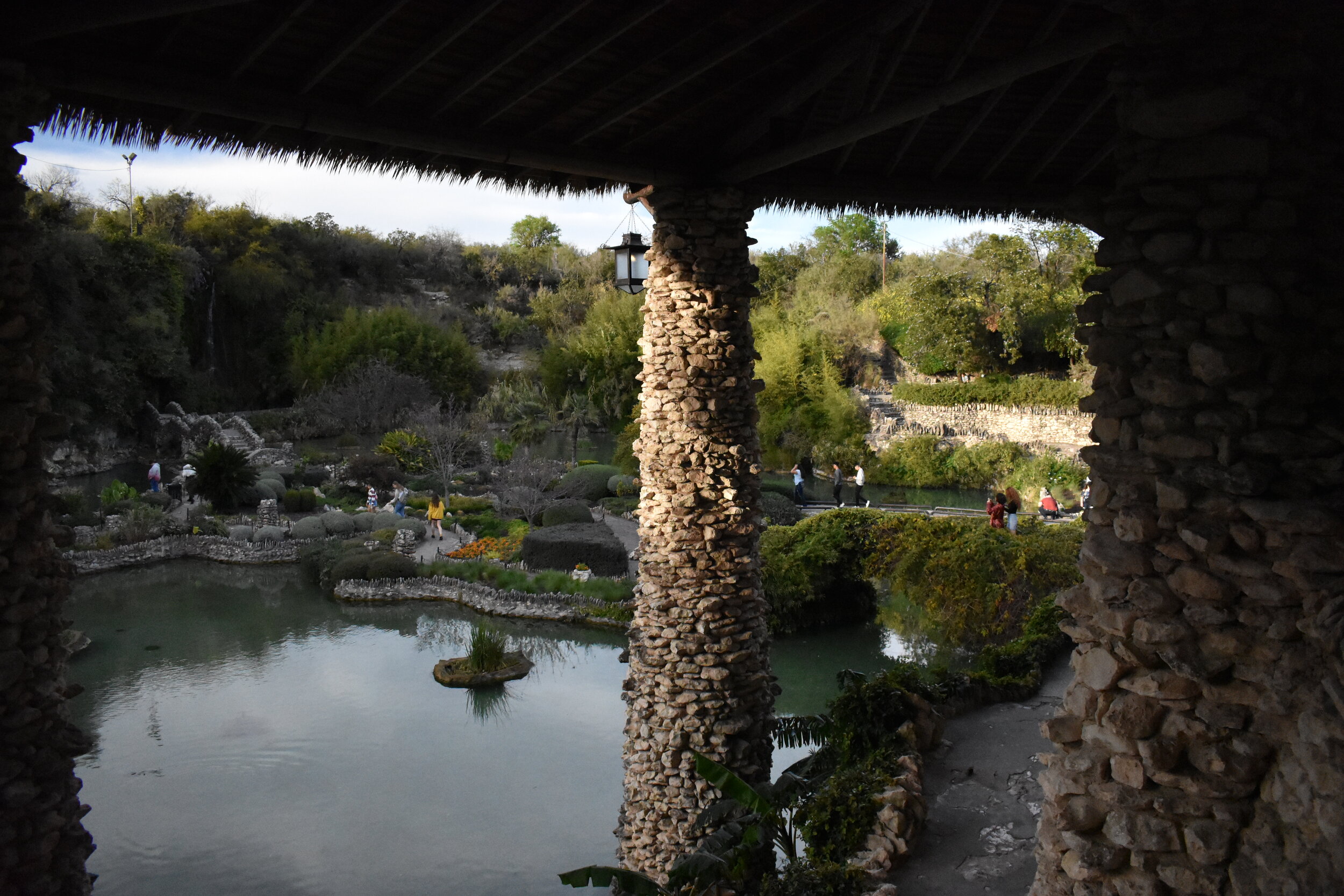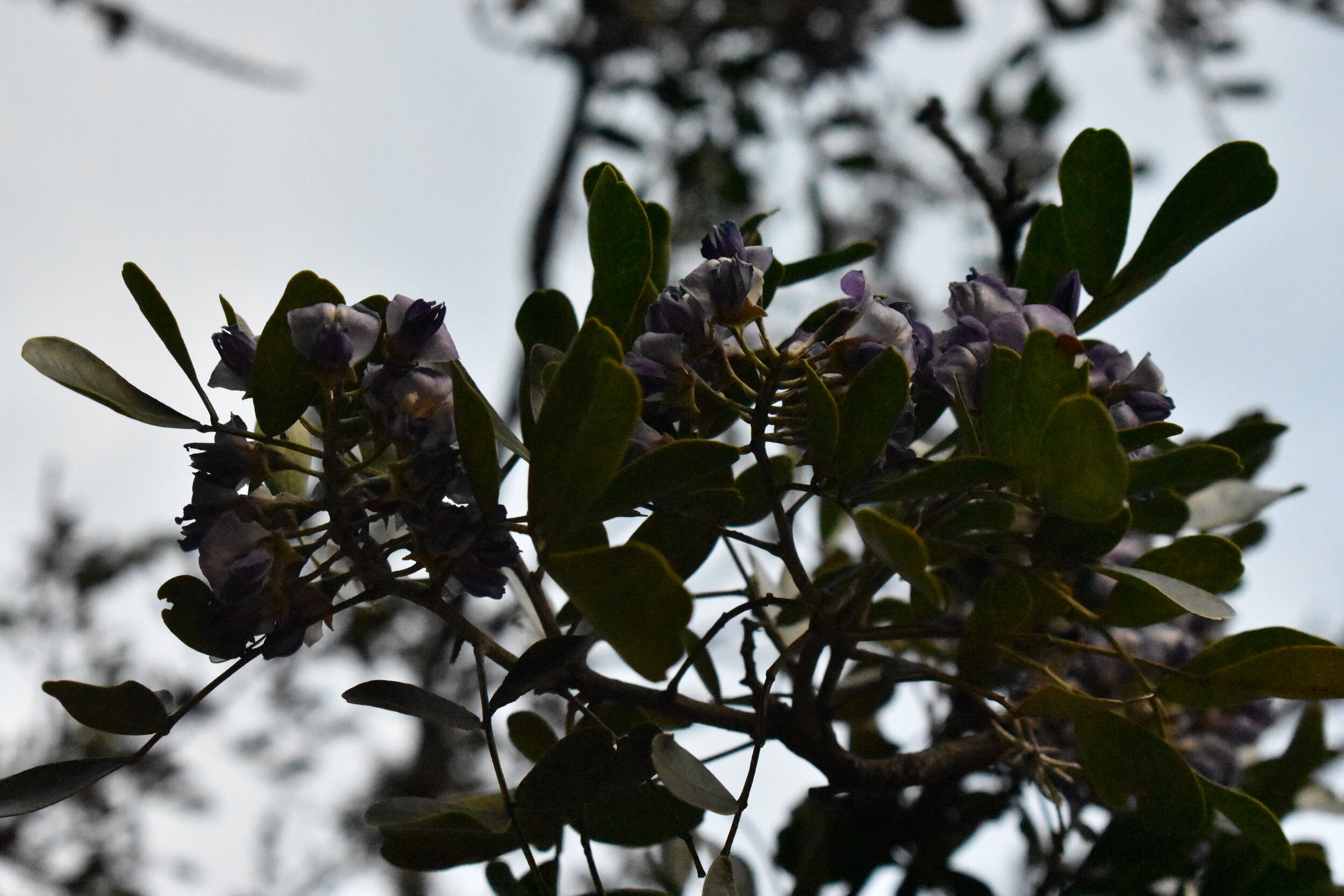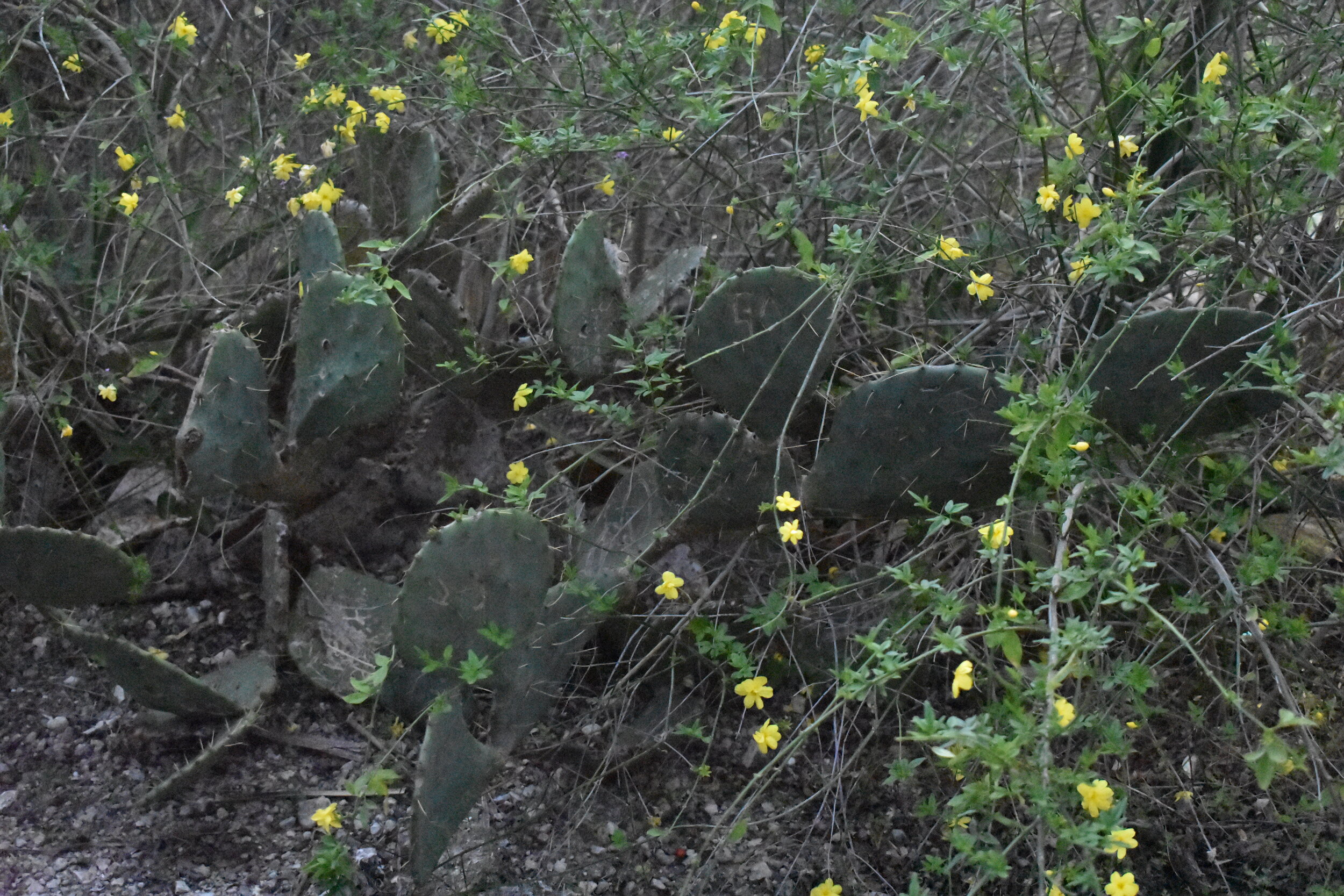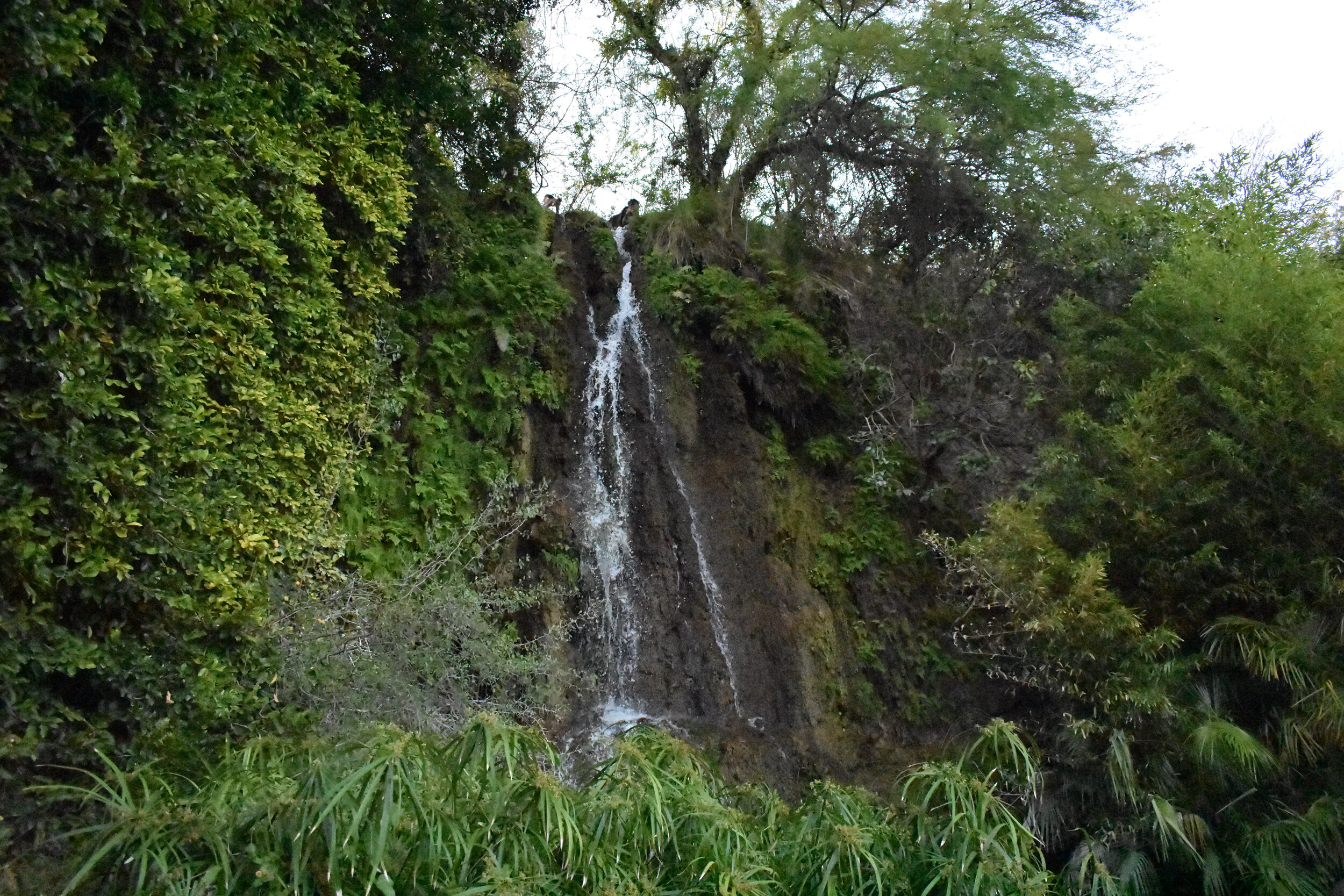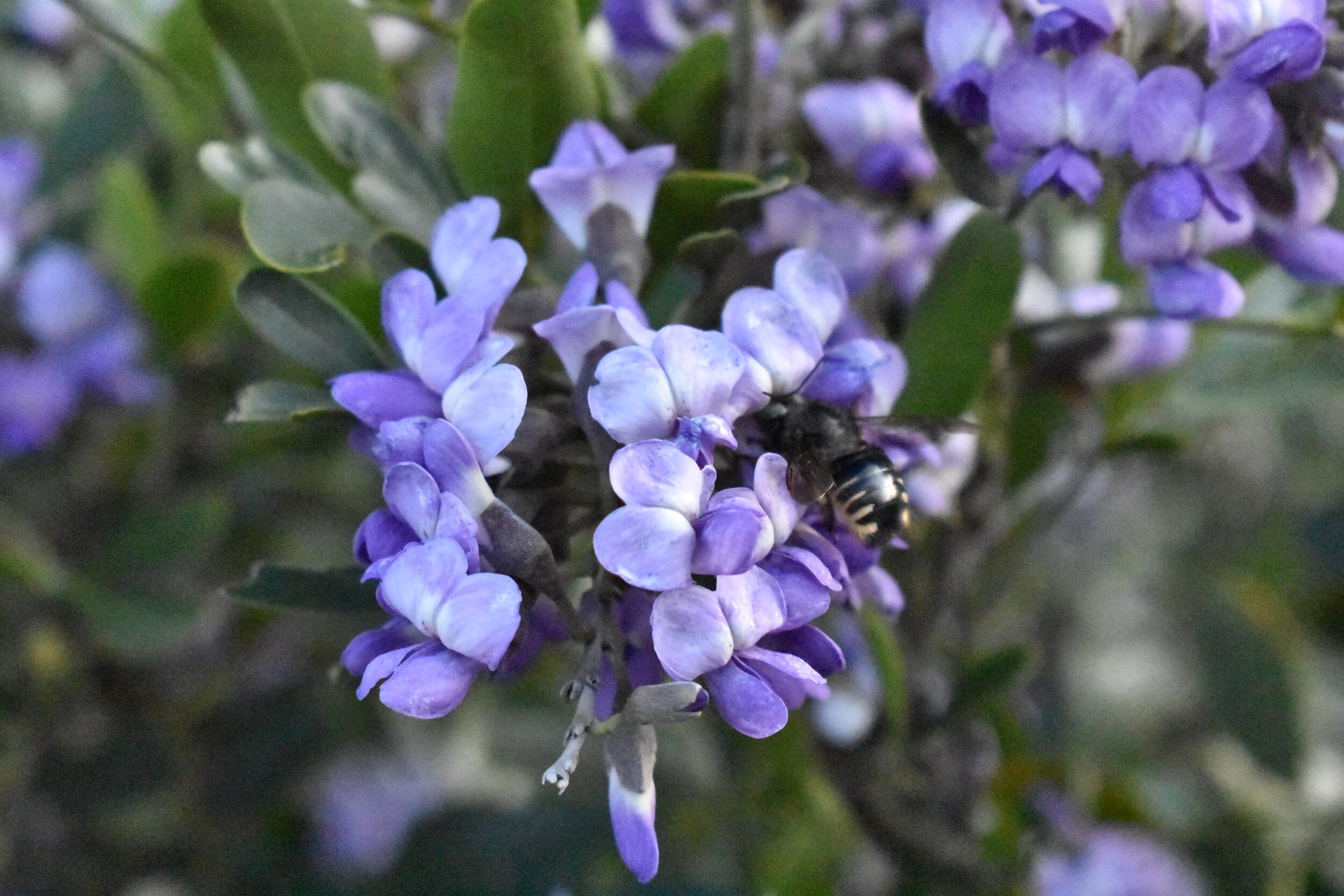Travel With Me: Spring in San Antonio, Texas
Every year during my MFA program, I’ve had the opportunity to attend the AWP (Association of Writers and Writing Programs) conference. It basically offers the chance to escape the Minnesota winter, explore a new city, hear about contemporary writing issues from amazing authors and teachers, and network on behalf of Blue Earth Review (MSU’s graduate literary journal, for which I’m co-managing editor). Last year was the first time I attended, and I had a blast exploring Portland, OR, for the first time.
This year, the conference was held in San Antonio, Texas. Unfortunately, this was a few weeks ago, around the time the novel coronavirus (COVID-19) was making global headlines, but not much was understood about how necessary social distancing really was to mitigate the threat. The conference was overshadowed by this pandemic, with no handshakes, countless canceled panels and panelists, and lots of hand-sanitizing. However, San Antonio was still a beautiful city, so I wanted to share my experience as a first-time visitor there.
*Note: More is now understood about how social distancing is precisely how we can “flatten the curve” and prevent a catastrophic collapse of our healthcare system as they have seen in Italy. It is recommended that we all limit nonessential travel, as one infected person (who can be contagious without showing symptoms) can spread the virus to hundreds of people. Check out this article for more information: https://www.washingtonpost.com/graphics/2020/world/corona-simulator/ I hope this post can serve as some virtual wanderlust-fulfillment while we all do our part to curb this pandemic!*
The most iconic part of the city is no doubt the Riverwalk. Below street level, this network of walking paths alongside a bend in the San Antonio River is lined with shops and restaurants, winding through downtown towards the missions. The Riverwalk was developed in 1929 as a reaction to disastrous flooding of the San Antonio River. The city created a dam system and bypass channel to regulate flooding, then built bridges, walkways, and planted the now-historic bald cypress trees. In 1946, Casa Rio became the first restaurant in the area, and in 1968, the Hilton Palacio del Rio was the first riverfront hotel built (and this was the hotel we were lucky enough to stay in while we were there).
Along the Riverwalk, just past the convention center, is HemisFair Park. In 1968, the World’s Fair was held in San Antonio with the theme “The Confluence of Civilizations in the Americas.” In 1986, fifteen acres of the site of the fair were redeveloped with cascading waterfalls, fountains, playgrounds, and lush landscaping. The Tower of the Americas, the fair’s theme structure, remains from the original layout and is still San Antonio’s largest structure. Many of the pavilions have also remained onsite, waiting for restoration, or serving as museums or storage facilities.
During one of our evenings after conferencing all day, we went a little further out of downtown for what was my favorite spot in San Antonio: the Japanese Tea Garden in Brackenridge Park. Like many places in Texas (and the U.S. in general), the garden has a complex and problematic history. The land was originally a rock quarry, until 1918, when City Parks Commissioner Ray Lambert used prison labor to shape the quarry into a complex that included walkways, stone arch bridges, an island, and a Japanese pagoda. Mexican-born artist Dionicio Rodriguez replicated a Japanese Torii gate at the entrance to the garden, and Kimi Eizo Jingu, a local Japanese-American artist, moved in. Kimi and Miyoshi Jingu maintained the garden, lived in the park, and raised eight children.
However, Kimi died in 1938, and in 1941 the rest of the family was evicted with the rise of anti-Japanese sentiment during World War II. The garden was renamed the Chinese Tea Garden to prevent razing and vandalism. Finally, in 1984, the city restored the original Japanese Tea Garden name in a ceremony attended by Jingu's children and representatives of the Japanese government.
Now, the garden provides an enchanting escape from the bustle of the city. With free admission, you can explore the paths through the sunken gardens, watch koi swim through the ponds, and admire the waterfall. While we were there, the purple mountain laurel was in full bloom and wafted an intoxicating fragrance on the breeze. We also saw three box turtles paddling through the water. Needless to say, I was charmed!
Our last day, we decided to do the most touristy thing in San Antonio and visit the Alamo. Misión San Antonio de Valero, or the Alamo, is a historic Spanish mission and fortress compound founded in the 18th century by Roman Catholic missionaries. It became famous as the site of the Battle of the Alamo in 1836.
The missions have a problematic history, as Spanish missionaries believed Native Americans, who had their own customs, beliefs, and religions, needed to be converted to Christianity, and these missions were built for the “education” of these peoples. The Alamo became a military fortress in 1803, and during the Texas Revolution (the rebellion of American colonists who were drawn to the Mexican-owned land because of cheap parcels and Tejanos, or Texas Mexicans, against the Mexican government), a group of rebels lay siege to the Alamo, subsequently holding the fortress for several months. However, at the Battle of the Alamo, on March 6, 1836, the Mexican Army wiped out these men. Santa Anna’s, the leader of the Mexican troops, cruelty during the battle (executing those who had surrendered, for example) inspired many Texans, both legal Texas settlers and illegal immigrants from the United States, to join the Texian Army. Driven by revenge, this event was seen to be the tipping point towards the Texans winning the war.
As often is the case, history is written by the victors, and the Alamo museum (free to enter and peruse) is filled with lies of omission or downright sugarcoating of American wrongdoing. One plaque that stood out to me was a downright outrageous claim that the Spanish missionaries and Native Americans had excellent communication and friendships flourished. Friendship is never possible when one group has all of the power.
Another aspect of the Alamo’s history that is glossed over in the museum is why exactly the Texans wanted to rebel, beyond disliking a “centralized” government in Mexico. The border region of Mexican Texas was largely populated by immigrants from the United States, some legal but most illegal. These people were accustomed to a federalist government and extensive individual rights, most notably the right to own slaves. Mexican authorities blamed much of the Texian unrest on American immigrants, most of whom had entered illegally and made little effort to adapt to the Mexican culture and who continued to hold people in slavery when slavery had been abolished in Mexico. The increased enforcement of immigration laws and import tariffs incited many immigrants to revolt.
Leaving the Alamo, we also stumbled across San Fernando Cathedral, founded on March 9, 1731, by a group of families who came from the Canary Islands at the invitation of King Phillip V of Spain. It is the oldest continuously functioning religious community in the state of Texas and is one of the oldest cathedrals in the U.S. It holds the tomb of Davy Crockett, William B. Travis, and Jim Bowie from the Battle of the Alamo.
Our last stop in San Antonio was the Historic Market Square. This is the largest Mexican market in the U.S. and is full of food stalls, shops, and restaurants. I tried churros for the first time (and very much approve). We also visited the Centro de Artes, a free museum that is located at the corner of Market Square. The Centro de Artes is dedicated to telling the Latino experience with a focus on South Texas. When we visited, one exhibit was “XicanX: New Visions,” which challenged many of the traditional ideas tied to Chicanx or Latinx identities and socio-political issues. The first “x” in Xicanx is a reference to Nahuatl, one of the indigenous languages of Mesoamerica, and the second “x” is an alternative to the gendered -o/-a suffix. I won’t lie, this museum was refreshing after having visited the Alamo.
In my few days in San Antonio, I was certainly taken in by the vibrancy of this city and the cultures represented by its locals. I ate a heck of a lot of fajitas, and I’m not angry about it. I can’t wait to return to Texas at some point soon!
If you enjoyed reading this post, don’t forget to hit the heart button down below! Thanks for reading.















